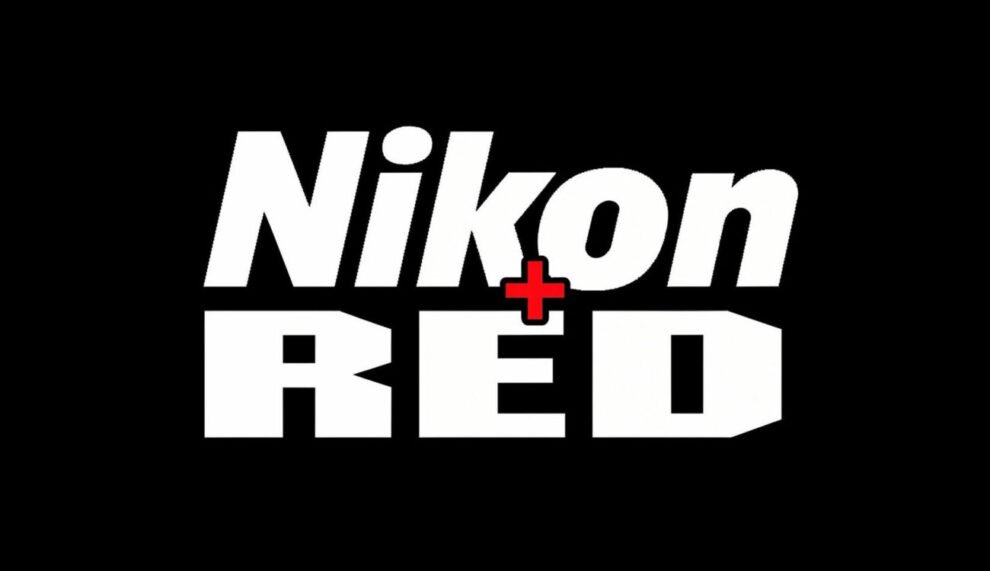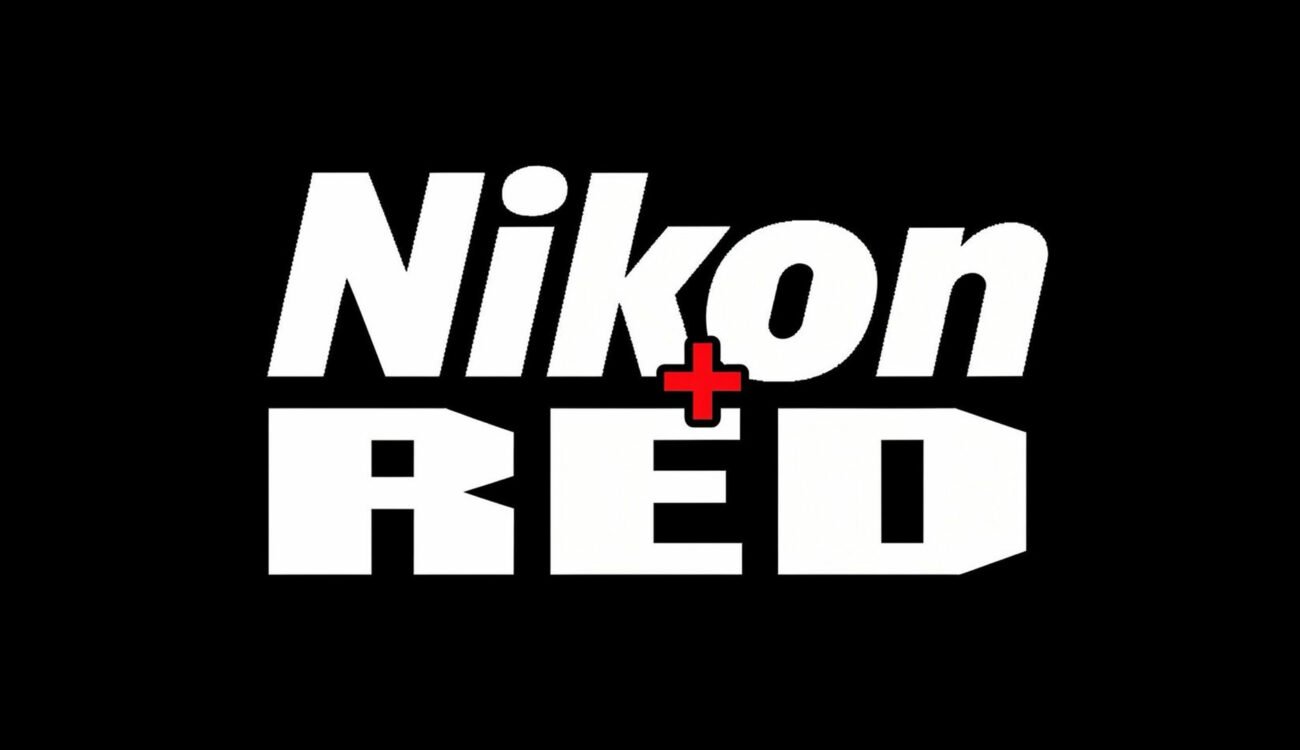In a landmark event for the filmmaking and photography sectors, the legal battle between Nikon and RED Digital Cinema has concluded, with the case being dismissed. This resolution paves the way for Nikon to continue offering compressed internal RAW video recording capabilities in its cameras, notably the Z9, which had been at the heart of the dispute.
Key Highlights:
- The lawsuit, initiated by RED against Nikon for allegedly infringing upon its video compression patents, has been jointly dismissed “without prejudice.”
- This dismissal allows Nikon to keep providing compressed internal RAW video recording, specifically with its Z9 model, which includes this feature as part of a significant firmware update.
- The reasons behind the dismissal remain speculative, but it suggests neither party wished to proceed with the costly litigation process.
- The resolution is particularly beneficial for filmmakers, especially those relying on more budget-friendly options like the Nikon Z9 for high-quality video production.
The Implications of the Dismissal
Legal Context and Industry Impact
The legal confrontation between Nikon and RED was closely watched, given its potential implications for patent rights and technology usage in the industry. RED has been known to vigorously defend its patents on video compression technologies, which have been pivotal to its business model. Nikon’s victory in this case, therefore, might signal a shift in how such patents are viewed and litigated, possibly encouraging more open innovation in the sector.
Technological Advancements and Accessibility
Nikon’s ability to continue offering advanced video features like compressed RAW recording in its cameras could democratize high-quality filmmaking. This feature allows for smaller file sizes without compromising on image quality, making it easier for filmmakers to manage data and maintain high production values. It’s a win for content creators who seek professional-grade results without the need for prohibitively expensive equipment.
The Future of Filmmaking Equipment
The dismissal of this case might encourage other manufacturers to innovate and include similar features, knowing the legal landscape might be less perilous than previously thought. This could lead to a surge in technological advancements and competition, further pushing the boundaries of what’s possible in video production and photography.
A Shift Towards Collaboration and Innovation
The end of the Nikon and RED lawsuit marks a pivotal moment in the filmmaking and photography industries. It not only underscores the importance of legal and technological clarity but also hints at a future where collaboration and innovation lead the way. With barriers to advanced technologies potentially lowering, filmmakers and photographers could soon have access to an even wider array of tools to bring their visions to life.
This outcome is a reminder of the dynamic nature of the tech industry, where legal disputes can sometimes pave the way for broader access to cutting-edge technologies. As companies continue to navigate the complex landscape of patents and innovation, the filmmaking community stands to benefit from the increased availability of advanced, accessible, and versatile equipment.
The case’s dismissal heralds a new era of filmmaking and photography, promising exciting possibilities for content creators worldwide. It’s a clear indication that when companies can move beyond litigation, the entire industry can step forward into a future where technology empowers more creators than ever before.








